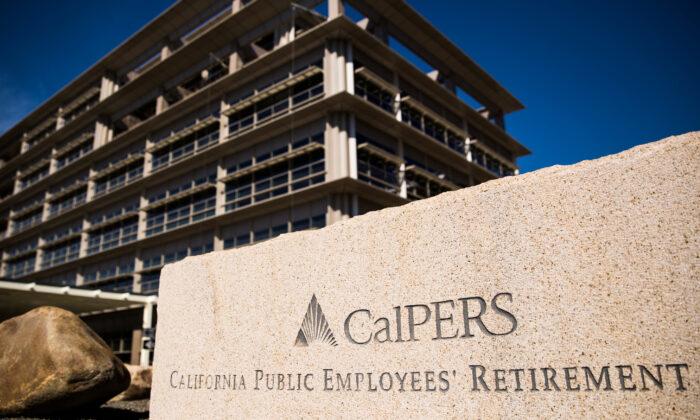Both of California’s large public pension plans posted returns of more than 20 percent during the 2020–21 fiscal year, which ended June 30.
CalSTRS, which invests money to be used to support post-retirement benefits for teachers, had a 27.2 percent net return for the fiscal year. CalPERS—which invests for state employees, nonteacher education workers, and employees of cities and counties—had a 21.3 percent return for the year.
Assets managed by CalPERS can now fund 80 percent of future retirement and health care obligations. The assets were reported two months ago to fund 66.5 percent of its future obligations for California teachers, based on data from June 2020. In June 2019, CalSTRS assets equaled 67 percent of then-calculated future obligations.
Funding status at CalSTRS, the percentage of future obligations met by current assets, almost certainly increased substantially from June 2020 to June 2021.
The plan assumes it can earn 7 percent per year, 20 percentage points lower than the actual returns of 27.2 percent achieved during the year. Furthermore, longevity likely didn’t increase given the recent news that COVID-related complications and other factors including pandemic-era factors increased drug use may have reduced life expectancy for blacks, whites, and Hispanics during the year. Increased longevity would increase future post-retirement benefits.
The 27.2 percent total return at CalSTRS was driven by strong performance in both the public and private equities portions of its portfolio.
The portion invested in stocks that trade on public exchanges (public equities) had a 41.8 percent return in 2020–21, outperforming the 41.2 percent index return for that sub-component. Private equities (ownership stakes in private companies) had an even stronger return at 51.9 percent for the year, substantially outperforming the 47.8 percent benchmark for that sub-component. Another 49.7 percent of the portfolio is invested in public stocks and 12 percent is invested in private equity.
In a presentation to the CalSTRS board last December, a detailed plan was provided which shows that assets will equal 100 percent of future obligations in 2046.
The returns at CalPERS also substantially outperformed its assumed annual rate of return. At 21.3 percent, the actual returns in 2020–21 strongly outperformed the 7 percent assumed rate of return and even allowed the fund to decrease its future assumed rate of return down to 6.8 percent for future years. This was in keeping with the funding risk mitigation policy adopted by CalPERS’s board in 2015.
The returns at CalPERS slightly underperformed that fund’s benchmark of 21.7 percent. The benchmark would have been achieved had the fund met the market returns of each of its subcomponent investment sectors.
At CalPERS, the return of public stocks held in its portfolio only achieved a 36.3 percent return, about 5 1/2 percentage points lower than the performance of public stocks held at CalSTRS.
Commenting on the fund’s more than 20 percent returns for the fiscal year, the chair of CalPERS’s investment committee, Theresa Taylor, said, “Our investment team has done an outstanding job of capturing strong returns in this dynamic investment environment. ... But as pleased as we are with these great returns, let me emphasize that we don’t count on this kind of investing environment every year.
“We know markets go up and down. As a long-term investor, our job is to make sure we have a carefully considered plan to strengthen our fund no matter the economic climate so that we can pay the benefits our members have earned.”
The returns of 2020–21 and reducing the long-term earnings expectation down to 6.8 percent will do much to achieve that goal.





